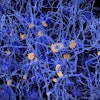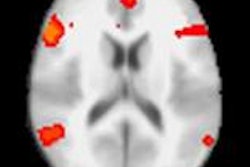Sunday, November 27 | 1:00 p.m.-1:30 p.m. | BR225-SD-SUB5 | Lakeside, BR Community, Station 5
Since California passed its breast density notification law in 2013, the use of screening breast MRI has more than doubled, researchers from the University of California, Davis have found.Drs. Shruthi Ram and Shadi Aminololama-Shakeri conducted a retrospective analysis of contrast-enhanced screening breast MRI studies performed in a 30-month period before and after California's density notification law went into effect. They categorized the exams by breast density and classified patients into three groups: high risk, above-average risk, and average risk.
Screening breast MRI exams prompted by breast density as a clinical indication increased from 8.5% before the law went into effect to 20.9% after, the researchers found. Even when patients with known or defined high risk were excluded from the analysis, the increase was still high, from 7.7% to 16.3%.
The law did not seem to affect who did the ordering: Both before and after its implementation, most screening breast MRI exams were ordered by specialists and female providers.
These findings suggest that not only are patients and their providers concerned about breast density as a risk factor for cancer, but also that breast density legislation has influenced breast MRI utilization, they concluded.



.fFmgij6Hin.png?auto=compress%2Cformat&fit=crop&h=100&q=70&w=100)





.fFmgij6Hin.png?auto=compress%2Cformat&fit=crop&h=167&q=70&w=250)











